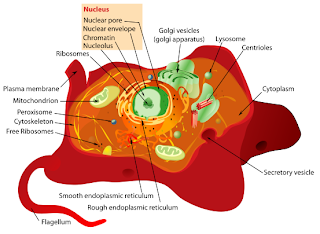
The excretion is the elimination of the toxic residues that produce the cells of our body. In this respect, also the lungs are, as both kidneys, important organs excretores, since they eliminate a toxic residue, CO2 ( Dioxide of carbon).
The blood transports other toxic different residues to CO2 Up to the kidneys and these they concentrate them up to forming a liquid which we call urine.
It is the set of organs that produce and excrete urine, the principal liquid of waste of the organism(organisation). This it happens(passes) for the uréteres up to the bladder, where it is stored up to the micturition (to (urinate).After the urine be storing in the bladder it happens(passes) for a conduit called uretra up to the exterior of the organism(organisation). The exit of the urine takes place(is produced) by the involuntary easing of a muscle: the esfínter vesical that is located between(among) the bladder and the uretra, and also for the voluntary opening of an esfínter in the uretra.
The function of the kidneys is the production of urine.
The uréter is a pipe that leads the urine towards the bladder.















